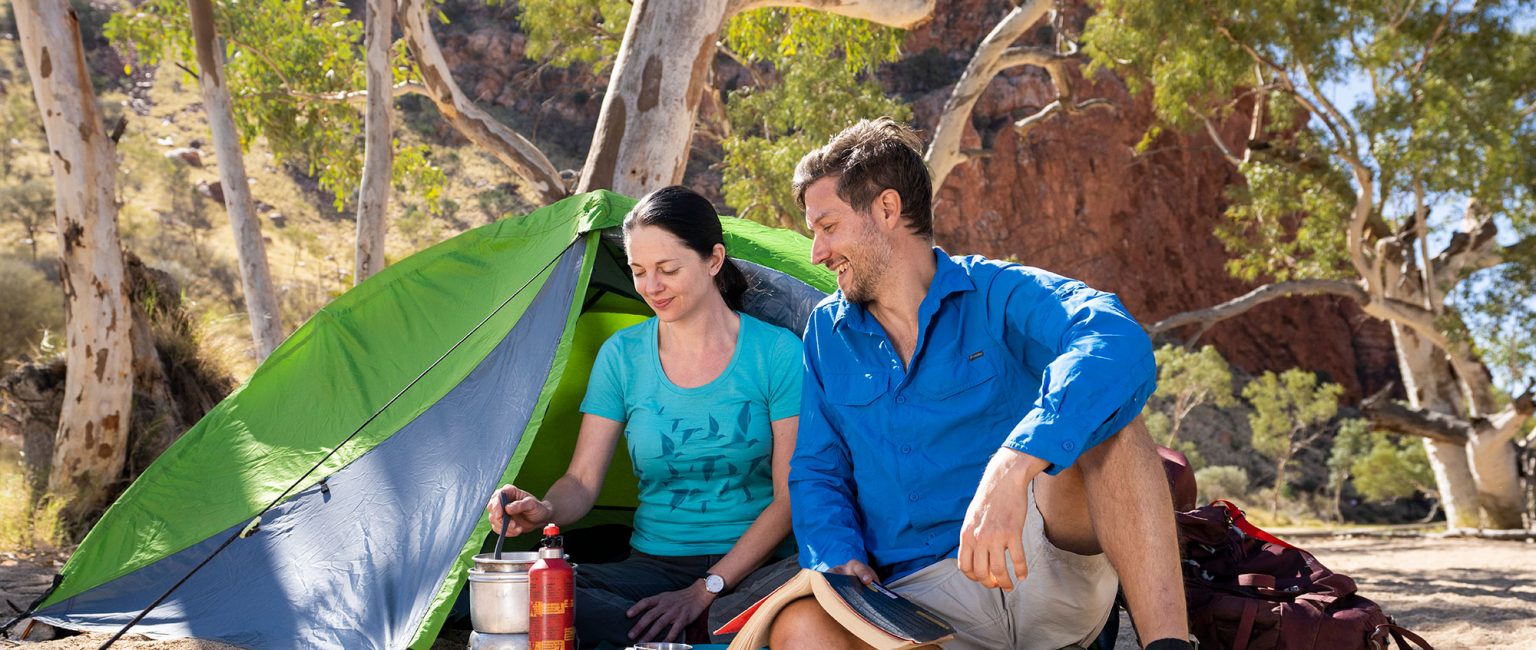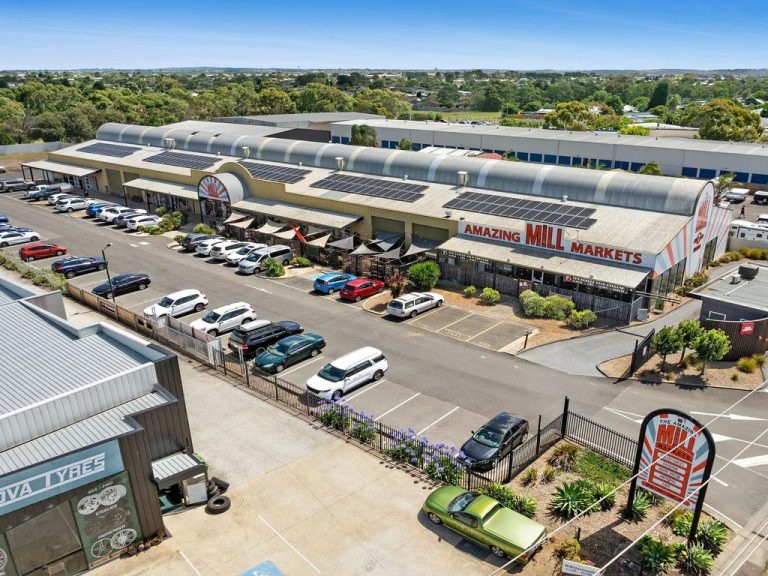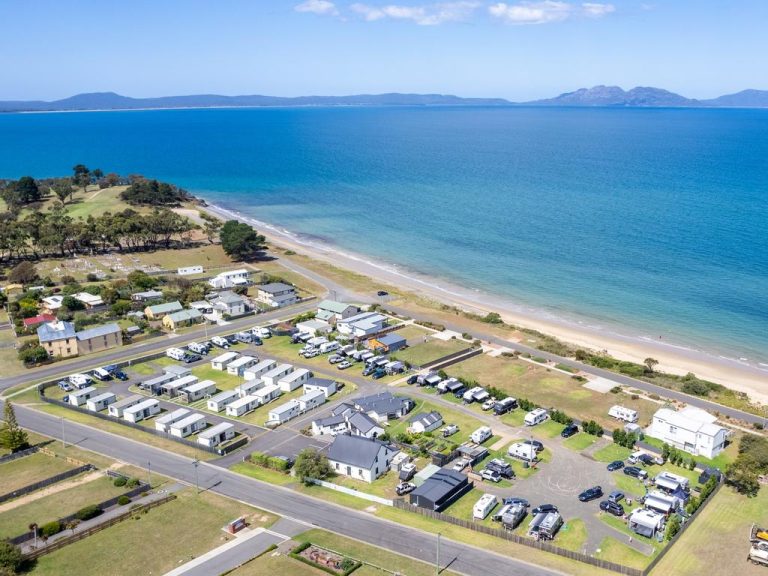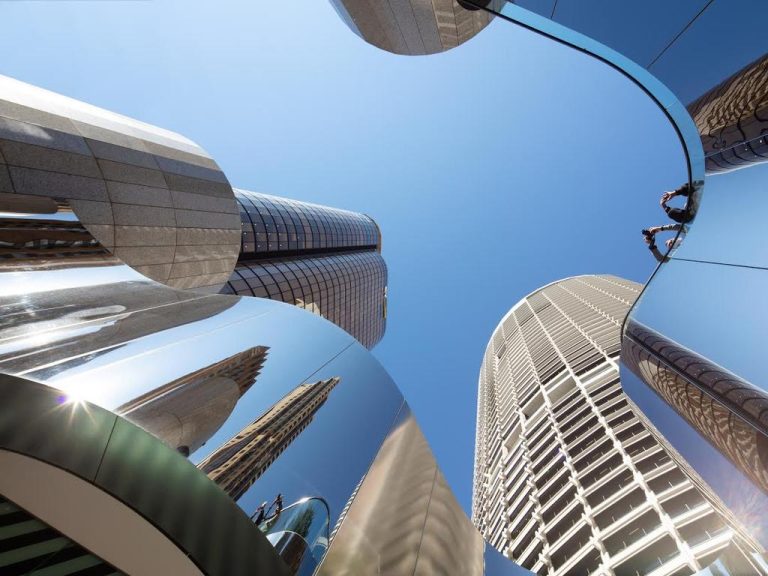Wellness tourism on the rise, and it’s not just for the rich

When it comes to wellness real estate, it’s a busy time. In fact, experts say it’s the perfect moment for large operators to cash in, while there’s plenty of room for growth at the more affordable end of the market.
While Sydney’s Billabong Retreat is on the market, Gwinganna Lifestyle Retreat is close to sale with founder Tony De Leede entering exclusive negotiations with an Australian buyer. It comes as Gold Coast Council approved his new wellness retreat Eco View Resort next door, which will be available for exclusive hire by groups.
The moves follow the sale of Olivia Newton-John’s Gaia Retreat and Spa to Andrew “Twiggy” and Nicola Forrest in October 2021.

Experts say wellness retreats and accommodation venues that offers well being and health related activities are becoming more popular. Picture: Getty
Mr De Leede, who also founded the national gym franchise Fitness First, said he believes the future in wellness is “huge”.
“People get scared of words like fitness and cardio, but they’re comfortable with movement and mindfulness and lifestyle,” he said.
The figures back up the trend.
The global wellness tourism market is predicted to be worth $919 billion by the end of 2022 and a record $1.2 trillion by 2027, according to Colliers’ Wellness Tourism Report 2021.
Tourism Research Australia’s National Visitors Survey shows the number of domestic visitors who visited a health spa/sanctuary/wellbeing centre during an overnight trip dipped from 430,000 in 2019 (contributing $480.9 million) to 219,000 during the pandemic in 2020 (contributing $259.7 million). But in 2021 that number jumped to 387,000 people who spent $644.7 million, which suggests the sector is becoming more valuable.
Wellness cash cows
Karen Wales at Colliers, who is involved in the sales of both Billabong and Gwinganna, said the growth in the wellness travel sector “represents an attractive investment proposition in Australia”.
We’ve “moved beyond the fixation with appearance and beauty related programs”, and are placing greater value on our mental health and wellbeing through lifestyle tourism and spiritual tourism, she said.
“Lifestyle tourism focuses on activities like detoxing, rejuvenation and changing behaviours, while spiritual tourism places emphasis on contemplation, meditation and learning.
“During Covid we saw an increased willingness to travel to luxury regional retreats as Australians found new ways to spend the $65 billion annually that was historically spent on overseas holidays.”

Some experts believe there is room for more affordable options in the wellness tourism sector given the growing demand from everyday Australians. Picture: Getty
While wellness resorts are enjoying renewed popularity, they are also by their very nature more lucrative than leisure resorts, Ms Wales said.
“Guests generally pay for program packages rather than just a room, which results in a higher average length of stay. In addition, wellness tourists spend much more of their time within the resort participating in activities, giving greater opportunities for maximising revenues.”
Retreats are also less reliant on seasonal weather patterns because guests are there for a distinct experience. Plus, they’ll often return; repeat business for wellness tourists is high, estimated at 30% to 50%, Ms Wales said.
Wellness for all
But while the demand and need for wellness tourism is surging among our community, eco-retreats and wellness resorts are too costly for most.
Vanessa Rader, head of research at Ray White Corporate, said the greater awareness around physical and mental health will lead to sector growth at varying price points.
“There is certainly demand at the more affordable end of the market so I think mid-tier options will do very well. A facility that offers good food and activities in nature like hiking or yoga and meditation would be of interest.
“And with much of the population now more concerned about issues of climate change, holidaymakers too will look to find ways to be more responsible and reduce their carbon footprint. These types of resorts will be attractive to those who hold those values in high regard.”
Global hospitality brand Selina is one operator focusing on wellness that caters to lower budgets. The fast-growing chain, which provides properties with daily programs such as meditation, yoga and dance for Gen Y and Gen Z travellers, opened properties in Brisbane and Melbourne this year.
There’s also plenty of movement on realcommercial.com.au in this space. A search through the hotel/leisure category using the keyword “wellness” turns up a sizable list of 378 properties, from urban hotels claiming wellness offerings to beachside eco-villas and wilderness sites suitable for retreats.
The nation’s campsites and tourist parks, meanwhile, seem to be busier than ever, providing Australians with more shallow pockets a simple reconnect with nature and self.
The latest Caravan and Camping State of Industry report shows that domestic caravanners and campers made 12.6 million trips over 50 million nights in 2021, spending $7.4 billion.
In addition, more than 42,000 new RVs were supplied to market in 2021, 14% above the previous records captured back in the 1970s.

Tourists enjoy some downtime in Kings Canyon Resort. Demand in Australia for RVs is at record highs, surpassing even the demand of the 1970s. Picture: Supplied by Tourism Australia
Stuart Lamont, CEO of Caravan Industry Association of Australia, said in a statement these were “record heights” for the industry.
“The dream remains very much alive for Australians looking for a safe and affordable holiday experience. Despite headwinds in the market, we continue to remain very optimistic about the future of the industry, and the contribution that it makes to the health and wellbeing of Australians.”
Investors stand to profit
Coupled with demand from travellers, we could also see investors pay more attention to the wellness and eco-tourism space, senior PropTrack economist Eleanor Creagh said.
“A growing number of the largest global commercial property investment funds are screening investments under environmental criteria, which is having a direct impact on the types of assets they are willing to invest in. With respect to any wellness retreat seeking outside investment, this would be an important consideration in terms of unlocking capital and value.”
Ms Wales said wellness resorts typically look to reduce their operational footprints through energy efficiency, sustainable building practices and responsible water and waste management.
“These attributes attract a wide range of investors,” she said.







